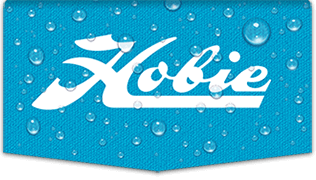TAMUmpower wrote:
So once you turn back downwind with the added apparent wind why wouldn't you just be able to continue at that speed, assuming no wind shift, instead of having to go back to a broad reach to heat it back up?
Because when you shift downwind you bring the boat out of "equilibrium" at that faster speed, meaning that the driving force (at that angle to the wind) is no longer as strong as the resistance, even with the added boat speed. You wind up bleeding off speed and have to come back up to gain it back. If you think about it, it's essentially the same reason that, on a windy day, you still can't get a jetski to give you an extra 5mph tow and then maintain the extra speed, despite having the added boat speed/apparent wind. Just a little less intuitive.
Also, wow! You've added a ton of documentation to that first post! Great information, really spells out the rigging and hardware setup for a spinnaker!
MBounds wrote:
There's a fair amount of compression along the pole. You want to be able to put a curve into the pole by pre-tensioning everything with a line that is where you have a bungee. That keeps the forward end of the pole relatively stable so it maintains halyard tension. The worst thing that can happen is for the pole to invert (bend upward) - you loose halyard tension, the spin balloons and loads up. If you don't blow the sheet quickly, you're likely to break the pole.
Matt, your explanation about pole pre-bend makes a lot of sense. I knew I'd heard that inverting the pole bend was bad, I just didn't really know why. Should've drawn a free body diagram!






